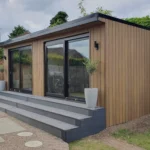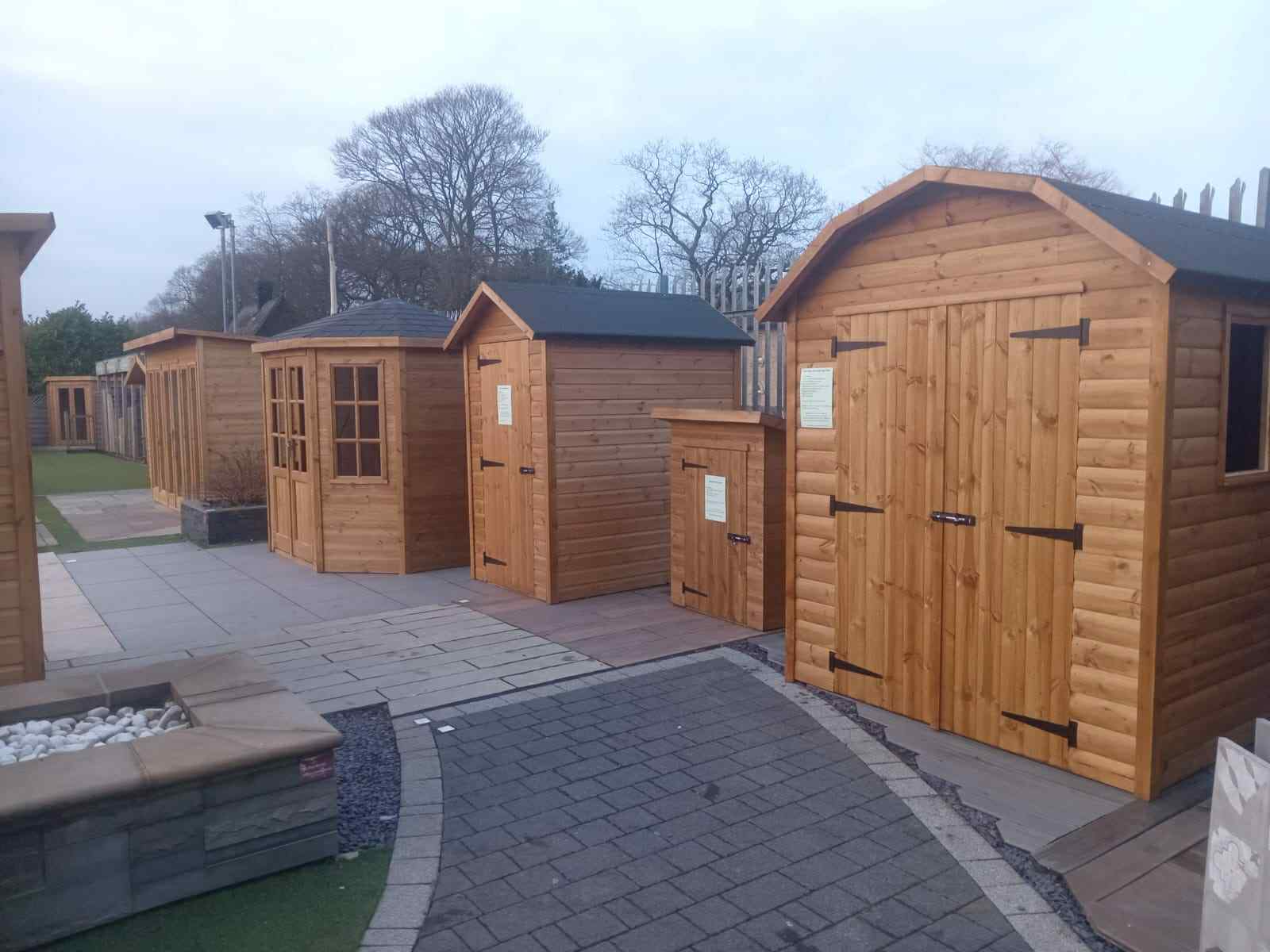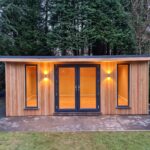Garden sheds can suffer from moisture and damp issues at certain times of the year. Wooden sheds are even more prone to these problems, as timber is a perishable material. Winter and Spring are the main times, when there may a high level of moisture in the air. This is caused by wet weather and damp conditions.
Effects of moisture are… * Premature rot * Mould on interior panels and roof * Warping and sagging of timber
Preventing Damp Issues There are a few things that you can do to prevent and minimise the damage which can be caused by moisture.
A major cause of rot in garden sheds is rising damp, this is caused by ground water being absorbed through the floor bearers and into the floor. To prevent this from happening it is best sorted during the initial planning stages of siting and building the shed. You will need a barrier between the ground and the floor of the shed, to stop the moisture entering.
How you do this will depend on what type of base you are using on which to position the shed… * Bases made using gravel allow any rain water to flow freely through it and prevent water from pooling. This reduces the chances of water being soaked up by the floor bearers. * Timber bases can be used to raise the shed completely off the ground, so that it is almost impossible for water to penetrate the floor bearers. * Concrete and paving slab bases need to be a level as possible to allow water to run off and prevent it from pooling. A shed that sits in puddled water will inevitably absorb water. Not only can sheds suffer from ground moisture, but also from moisture in the air. This issue is particularly prevalent in Winter. Moisture, caused by damp, wet conditions can get trapped inside sheds, especially if they are not used often. If the outside temperature drops, any moisture inside the shed will cause condensation on the inside of the shed panels, roof, floor and possibly other items stored in the shed. This condensation will cause mould and mildew to form very quickly. To combat this issue, it is advised to allow the shed to vent as often as possible throughout the winter. This will enable fresh air to circulate around the building and stop moisture from building up. To do this, you can open the windows if you have them or leave the door open from time to time. It is also a good idea to not store wet or damp items in the shed, like garden tools or bikes etc… Try to dry them off before returning them to the shed. If you do get mould forming, it is advisable to remove it as quickly as possible with an anti-mould cleaner, before it penetrates and permanently damage the timber.
Further Advice We would also advise to apply a suitable preservative to the exterior panels, this will ensure that they are protected during the wettest months of the year.. Go to store.

































